EMCrit 333 – The State of the Fluids Show with the EMCrit Core Team
EMCrit Project
SEPTEMBER 24, 2022
Where are we on Fluids on 2022? EMCrit Project by Scott Weingart, MD FCCM.

EMCrit Project
SEPTEMBER 24, 2022
Where are we on Fluids on 2022? EMCrit Project by Scott Weingart, MD FCCM.

EMergucate
SEPTEMBER 27, 2022
The pelvic x-ray is from a 35 year old with right hip pain following fall from a height.
This site is protected by reCAPTCHA and the Google Privacy Policy and Terms of Service apply.

Emergency Medicine Cases
SEPTEMBER 27, 2022
Emergency Medicine has undergone many changes over the last couple of decades and especially during the COVID pandemic. Most of these changes have been very positive, but increasing volumes, staff shortages, aging populations, increasing breadth of responsibilities and better access to more imaging have made some of us question how we should define the scope of our practices.
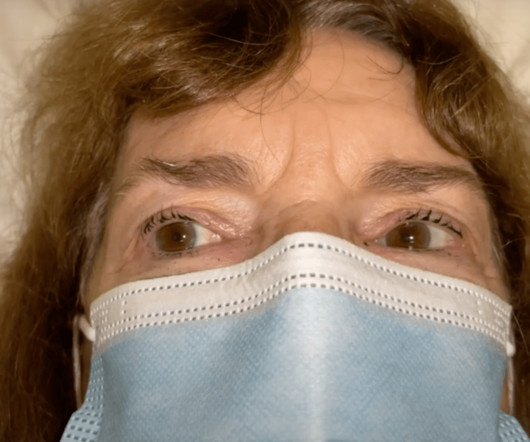
The Skeptics' Guide to EM
SEPTEMBER 17, 2022
Date: September 16th, 2022 Reference: Gerlier C, et al. Differentiating central from peripheral causes of acute vertigo in an emergency setting with the HINTS, STANDING and ABCD2 tests: A diagnostic cohort study. AEM 2021 Guest Skeptic: Dr. Peter Johns has been practicing emergency medicine since 1985 and has been passionate about vertigo education for the last two […] The post SGEM#376: I Wonder Why She Ran Away from the HINTS Exam first appeared on The Skeptics Guide to Emergency Medicine.
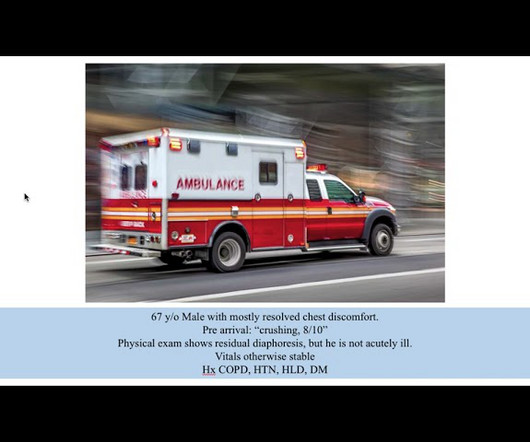
EMS 12-Lead
SEPTEMBER 6, 2022
Coronary thrombosis is a dynamic process of platelet aggregation and subsequent coagulation. During spontaneous reperfusion -- whether via thrombolysis, or recruitment of collateral circulation -- there exists characteristic ST/T changes on the ECG.
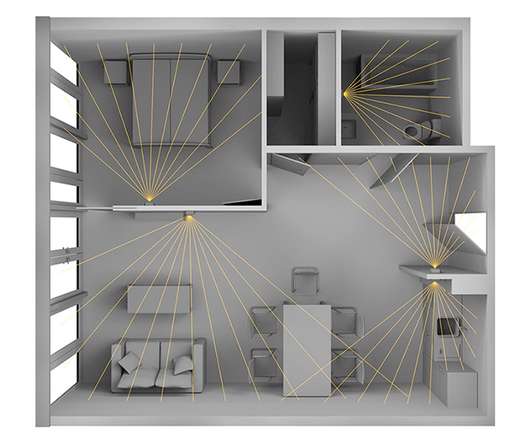
Medgadget
SEPTEMBER 10, 2022
Researchers at the University of Bern in Switzerland have developed a motion tracking system that is intended to assist in detecting age-related disease in elderly people. The system could be installed in someone’s home or in assisted-living facilities, and consists of a series of motion sensors that can monitor for signs of unusual movement. The system can inform caregivers if an emergency arises, such as a fall, which can be detected when someone does not return to their bed at night or is sta

EMCrit Project
SEPTEMBER 2, 2022
Sleep for Shift Workers--this info may add years to your life and keep you performing optimally. EMCrit Project by Scott Weingart, MD FCCM.
Paramedicine Now brings together the best content for paramedicine professionals from the widest variety of thought leaders.
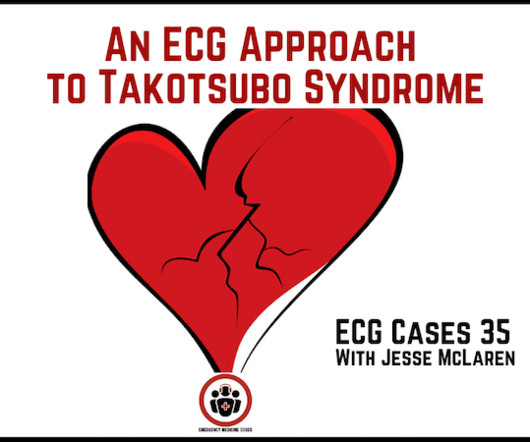
Emergency Medicine Cases
SEPTEMBER 13, 2022
Takotsubo Syndrome is usually triggered by an emotional or physical stress leading to acute catecholaminergic myocardial stunning. The initial ST elevation phase of Takotsubo Syndrome mimics Occlusion MI, can not be distinguished by patient factors or POCUS findings, and requires immediate angiogram. The subsequent phase of Takotsubo Syndrome has T wave inversion in an apical distribution, which can mimic reperfusion, but often has very deep T wave inversions and a very long QT interval.

The Skeptics' Guide to EM
SEPTEMBER 10, 2022
Date: August 25th, 2022 Reference: Martin et al. Single-dose dexamethasone is not inferior to 2 doses in mild to moderate pediatric asthma exacerbations in the emergency department. Pediatr Emerg Care. 2022 Guest Skeptic: Dr. Harrison Hayward is a Pediatric Emergency Medicine fellow at Children’s National Hospital. He finished his General Pediatrics residency at Yale-New Haven Hospital.

EMS 12-Lead
SEPTEMBER 5, 2022
Accurate lead placement is invaluable, and makes a significant impact on appropriate care trajectory, or misdiagnosis with unnecessary utilization of resources. A common finding associated with V1 / V2 malposition is P wave inversion, and rSr’ QRS with T wave inversion -- potentially leading clinicians to suspect Brugada pattern, for example, when no such entity exists.
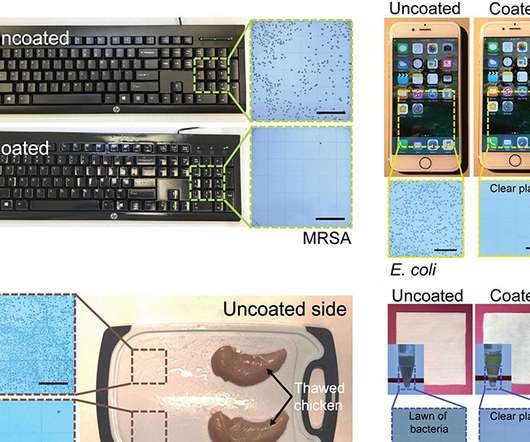
Medgadget
SEPTEMBER 7, 2022
A team at the University of Michigan has developed a coating for frequently touched surfaces that can rapidly kill a wide array of pathogens, including MRSA and SARS-CoV-2. The technology incorporates polyurethane that contains crosslinked compounds from essential oils with wide-spectrum anti-microbial action. The researchers fine-tuned the crosslinking process so that the oils were available to kill microbes but not sufficiently free to evaporate rapidly.

Critical Care Scenarios
SEPTEMBER 25, 2022
Brandon and Bryan chat about tricks and methods of increasing efficiency and getting things done at work. Brandon and Bryan chat about tricks and methods of increasing efficiency and getting things done at work.

EMergucate
SEPTEMBER 25, 2022
The coronal CT image shows orbital blow out fracture.
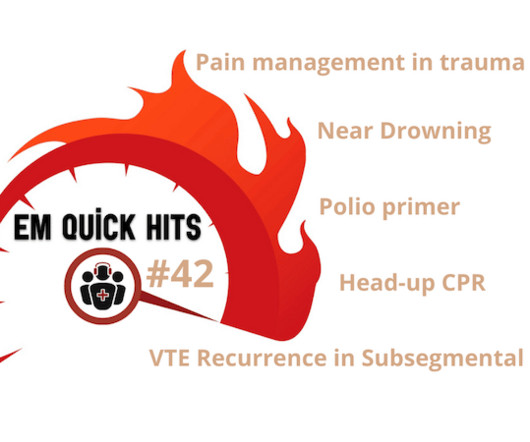
Emergency Medicine Cases
SEPTEMBER 13, 2022
In this EM Quick Hits podcast: Salim Rezaie on venous thromboembolism recurrence in subsegmental pulmonary embolism, Andrew Petrosoniak on pain management in the polytrauma, Nour Khatib on a rural EM case on management of near-drowning patient, Sara Reid delivers a polio primer, Anand Swaminathan on head-up CPR. The post EM Quick Hits 42 – Subsegmental PE, Trauma Analgesia, Drowning, Polio, Head-up CPR appeared first on Emergency Medicine Cases.

The Skeptics' Guide to EM
SEPTEMBER 4, 2022
Date: September 3rd, 2022 Reference: Milne WK, Carpenter CR and Young T. A Hero Is Rising – Season#8 Book Guest Skeptic: Dr. Tayler Young is a first year Family Medicine resident at Queen’s University. Her interests are quality improvement and Free Open Access to Medical Education (FOAMed). This is an SGEM Xtra to announce Season#8 has now been […] The post SGEM Xtra: A Hero Is Rising – Season#8 Book first appeared on The Skeptics Guide to Emergency Medicine.

EMCrit Project
SEPTEMBER 12, 2022
Today, the errors and procedural missteps I commonly observe while teaching 100 docs per year how to cannulate for ECMO (but the lessons are not about ECMO, they are about all vascular access in the femoral vessels.). EMCrit Project by Scott Weingart, MD FCCM.

Medgadget
SEPTEMBER 7, 2022
Researchers at Rice University have developed a pneumatic assistive device for people with disabilities. The technology includes an air pump that is mounted in the wearer’s shoe, providing pneumatic power with each step. This power is stored in a wearable belt that includes an “arm” that can reach out and grip items when activated. The device may be very practical for people with arm weakness who struggle to lift objects.

Critical Care Scenarios
SEPTEMBER 18, 2022
A deep dive into dilation during Seldinger techniques, such as central line placement: tips, pitfalls, and pearls. A deep dive into dilation during Seldinger techniques, such as central line placement: tips, pitfalls, and pearls.
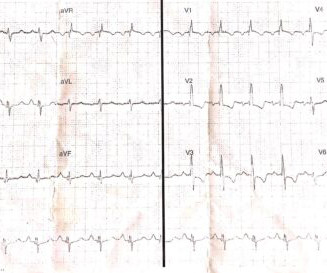
EMergucate
SEPTEMBER 21, 2022
A 70 year old male presents to ED complaining of shortness of breath.

Clinical Correlations
SEPTEMBER 29, 2022
By Luke Bonanni Peer Reviewed Theobroma, literally “food of gods” in Greek, is an apt description of chocolate. Made from the fermented seeds of the Theobroma cacao tree, chocolate is an immensely popular food, with worldwide.

REBEL EM
SEPTEMBER 29, 2022
Background: Standard emergency department management of acute pancreatitis has focused on aggressive hydration, analgesia and investigation for an underlying reversible cause (eg gallstones). Recent evidence has challenged the routine use of aggressive hydration as unnecessary. There are also potential harms to large volume fluid resuscitation including progression of pancreatitis and fluid overload with or without respiratory failure.
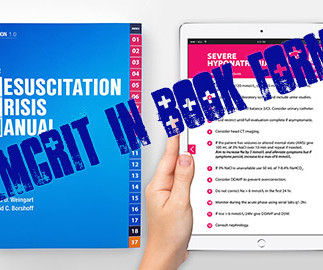
EMCrit Project
SEPTEMBER 30, 2022
All of the resuscitation and acute critical care goodness for Sept 2022. EMCrit Project by Scott Weingart, MD FCCM.
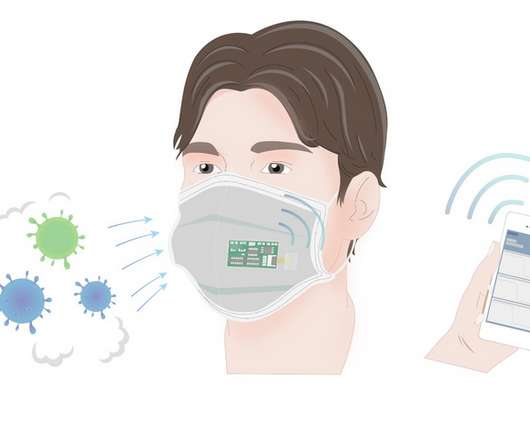
Medgadget
SEPTEMBER 23, 2022
Scientists at Shanghai Tongji University in China have created a face mask that can alert the wearer to the presence of respiratory viruses in the surrounding environment, including the viruses behind COVID-19 and influenza. The mask includes aptamers, which are short sequences of DNA or RNA that can bind to protein targets. When viral particles bind to the aptamers, ion-gated transistors boost the signal so that the mask can sensitively detect small amounts of virus.

Critical Care Scenarios
SEPTEMBER 11, 2022
We explore the controversial area of using hypertonic saline to support hemodynamics, protect the kidneys, and facilitate diuresis in the critically ill patient. Our guest is Dr. Sean Barnett, hypertonic aficionado and nephrologist with a focus in critical care. Takeaway lessons The furosemide stress test in the shocked patient is a useful means to assess … Continue reading "Episode 51: Resuscitating and deresuscitating with hypertonic saline, with Sean Barnett" We explore the controversial area
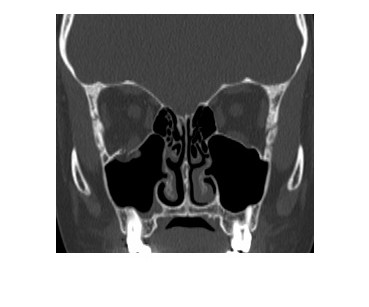
EMergucate
SEPTEMBER 20, 2022
The following coronal CT face slice is from an 8 year old who was elbowed in the face. What radiological sign can be seen? What are the clinical features of this injury in paediatric population?
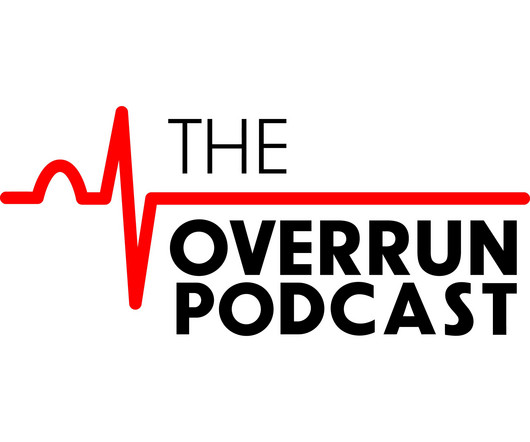
The Overrun Podcast
SEPTEMBER 28, 2022
In August 2022 two EMT-Cardiacs in Rhode Island found themselves in a situation that resulted in their suspensions. In this episode, the gang discusses the swiss cheese model of failure, and what we can do as an industry to improve systems and providers to ensure that we treat parents and newborns properly in the field. #DoBetter In August 2022 two EMT-Cardiacs in Rhode Island found themselves in a situation that resulted in their suspensions.
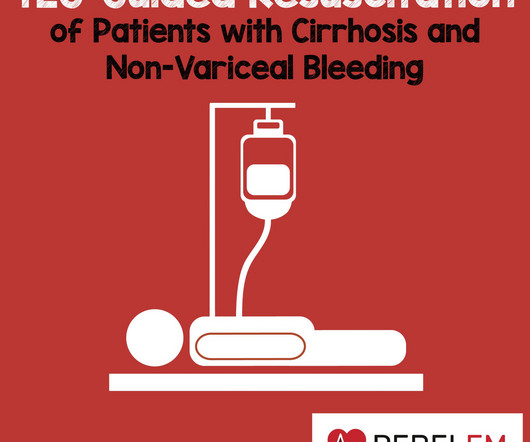
REBEL EM
SEPTEMBER 26, 2022
Background: Thromboelastography (TEG) is a reliable, comprehensive non-invasive hemostatic assay that measures the ability of whole blood to form a clot. TEG analyzes the interaction between platelets and the coagulation cascade. It provides highly descriptive, real-time information on clot formation, clot strength, platelet function, and fibrinolysis, which is superior to traditional coagulation tests such as INR, aPTT, and platelet count.

Prehospital Emergency Care Podcast
SEPTEMBER 21, 2022
Fall is here! While you're enjoying the brisk morning walks, check out our latest podcast where we cover the PEC journal Volume 26 Number 3. In this episode, we cover fascinating manuscripts like Assessment of Fall-Related Emergency Medical Service Calls and Transports after a Community-Level Fall-Prevention Initiative Joint Statement on Lights & Siren Vehicle Operations on Emergency Medical Services Responses Click here to download today!
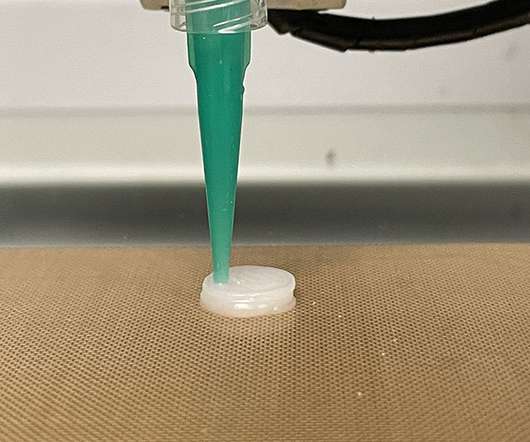
Medgadget
SEPTEMBER 13, 2022
Researchers at the University of the Basque Country have developed a technique that allows them to 3D print pharmaceutical tablets using different types of starch. By modifying the types of starch used and the shape of the tablets, the team can fine-tune drug release to be either rapid or slow. This includes full release of the encapsulated drug in as little as ten minutes to as long as six hours, providing significant scope to address a wide variety of therapeutic situations.

Critical Care Scenarios
SEPTEMBER 4, 2022
Ruminations on nursing post-nominals, understated wealth, and how it’s easiest to not show your power when you already plenty of it. Ruminations on nursing post-nominals, understated wealth, and how it’s easiest to not show your power when you already plenty of it.
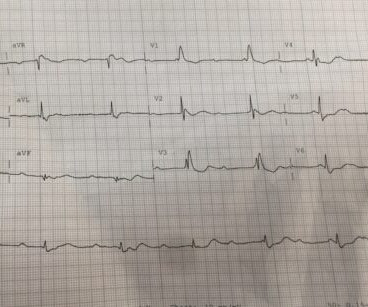
EMergucate
SEPTEMBER 14, 2022
A 64 year old male presents to ED after multiple seizure episodes that day. It was reported that the patient would have 20 seconds of seizure activity and then make a full recovering.
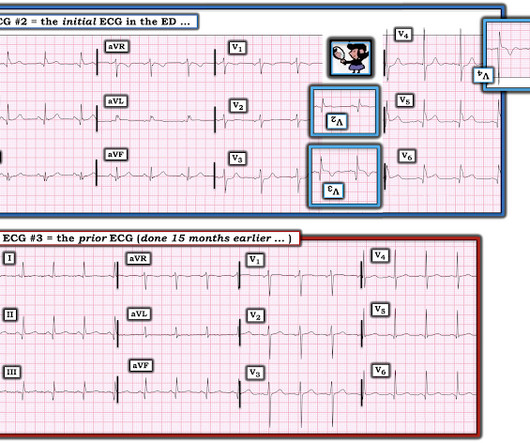
Dr. Smith's ECG Blog
SEPTEMBER 21, 2022
A 40-something woman with diabetes and peripheral vascular disease who frequently needs the ED for chronic pain called 911 for sudden severe chest pain. The patient was very agitated and could not hold still. I greeted medics at the door to view the prehospital ECG. Here it is: It is not normal, but there is no specific evidence of Occlusion MI (OMI) There are some Q-waves in inferior and lateral leads (of uncertain age) and there is some "terminal QRS distortion" in inferior leads and V4-V6, bu

REBEL EM
SEPTEMBER 22, 2022
Background: Medical equipment that gives clinicians vital signs or other objective information must be reliable across populations as this data drives medical decisions. Many of these tools were not developed or validated in a racially diverse group of patients. We have already covered issues with pulse oximetry potentially missing hypoxemia in Black patients on REBEL EM ( Link is HERE ).

Handtevy
SEPTEMBER 20, 2022
ATTENTION: DO NOT TRY THIS AT HOME What would do if you had a 17-year old with a post-traumatic epidural hematoma herniating right in front of you with the closest Trauma center an hour away? A study published in The Journal of Emergency Medicine titled “Complete Neurologic Recovery After Emergency Burr Hole Placement Utilizing EZ-IO® for Epidural Hematoma” sheds light on an innovative approach to treat post-traumatic epidural hematoma (EDH) in emergency settings.

Medgadget
SEPTEMBER 26, 2022
Scientists at the University of New South Wales in Australia have developed a method to produce human blood stem cell precursors from human pluripotent stem cells. The method may have use in treating cancer patients who require high doses of such blood stem cells to help replenish endogenous populations that have been destroyed by chemotherapy. The researchers exploited the tendency of cells to respond to mechanical stimuli and cultured the pluripotent stem cells in a microfluidic device that mi

NHCPS Save a Life
SEPTEMBER 16, 2022
National Medical Assistant Week is fast approaching (Oct 19-23). It’s time to celebrate the tremendous contribution of Medical Assistants to patient care. And we’ll also take a look at: Career paths, pay, and job outlook for 2022 What’s driving Medical Assistant demand…and will it continue? What it takes to be a Medical Assistant How Medical […] The post Great Time to Be a Medical Assistant: Demand and Rising Salaries appeared first on SaveaLife.com.
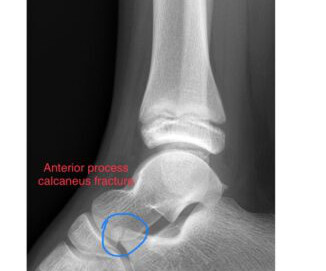
EMergucate
SEPTEMBER 11, 2022
The lateral ankle image shows mildly displaced fracture of the anterior process of calcaneus.
Let's personalize your content